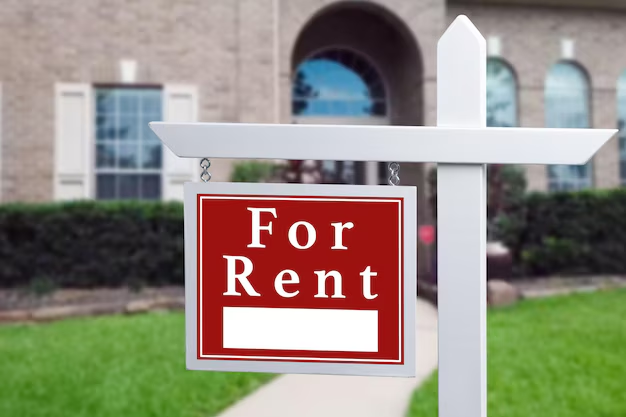How to Properly Address a Letter to an Apartment
Navigating the nuances of addressing mail to an apartment can be surprisingly intricate, especially for those new to apartment living. It’s crucial not only for receiving personal correspondence but also for ensuring that important documents or packages arrive safely. Whether you’re sending a birthday card, a bill, or an application, knowing how to write the address correctly is essential.
Key Elements of an Apartment Address
When addressing mail to an apartment, precision matters. Here are the key components that should be included:
Recipient's Full Name: Ensure the full legal name of the person the mail is intended for is at the top. This prevents confusion, especially in shared living spaces.
Street Address and Apartment Number: Write the street address first, followed by the apartment number. It's typically best to use standard abbreviations such as "Apt" for apartment.
City, State, and ZIP Code: Finish with the city, two-letter state abbreviation, and the ZIP code on the final line.
Example of a Well-Formatted Address
To illustrate the format more clearly, consider the following example:
John Smith
123 Main St, Apt 4B
New York, NY 10001
Here’s a breakdown:
- The name is on the first line.
- The street address and apartment number are on the second line.
- The city, state, and ZIP code occupy the third line.
Common Mistakes to Avoid
Ignoring Apartment Numbers
Never omit the apartment number. Packages could end up in the wrong mailbox or returned to the sender if it's missing.
Incorrect Use of Abbreviations
Use common abbreviations like "Apt" for apartment. Whether or not to abbreviate is usually up to the sender, but consistency is key. Consistent formatting aids postal workers and delivery personnel.
Skipping Return Information
When sending mail, including a return address is helpful. This ensures items have a way back if delivery issues arise. Position it in the top left corner of the envelope.
Transitioning to Financial and Educational Resources
Now that you've mastered the art of addressing mail to an apartment, consider expanding your organizational skills to managing finances or educational pursuits. Knowing how to correctly address an envelope might seem trivial, but it’s these small details that lay the foundation for more significant, life-altering abilities such as budgeting, managing debt, and pursuing higher education.
Financial resourcefulness is crucial whether you’re paying off debt or saving for educational opportunities. Understanding how these domains interact can significantly impact your quality of life. Here are some valuable resources to start:
- Government Aid Programs: Helps with food, housing, and healthcare assistance.
- Financial Assistance: Look into local and federal programs offering rent or utility support.
- Debt Relief Options: Seek credit counseling services to explore debt consolidation or refinancing.
- Credit Card Solutions: Consider cards with benefits like cashback or 0% interest introductory rates.
- Educational Grants: Research grants that can fund further education without repayment.
By organizing the smaller aspects of your personal life, such as mailing addresses, you form the groundwork for effectively managing larger, more complex tasks and decisions. Empower yourself by exploring the following resources:
🔄 Debt Relief Programs
Discover options that may lower or eliminate specific debts.
🏠 Affordable Housing Assistance
Explore federal and local programs that assist with rent and mortgage.
📝 Educational Grants and Scholarships
Find funds that support continuous learning and professional advancement.
💳 Credit Card with Benefits
Look for cards offering low interest, rewards, and financial flexibility.
Understanding how to correctly address mail is just the beginning. Harness the capability to organize and improve your life’s logistics, ultimately leading to better financial and educational control.
